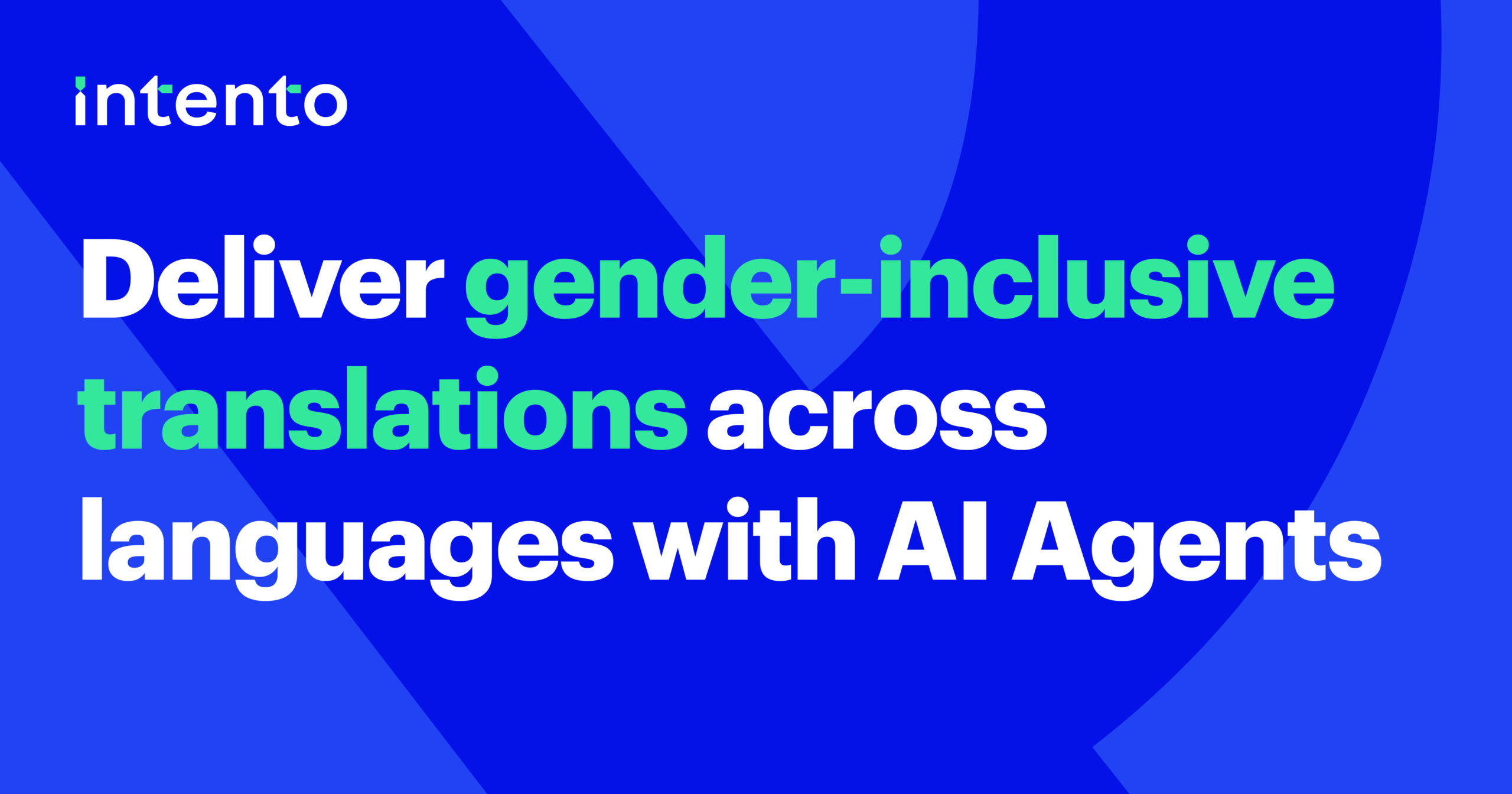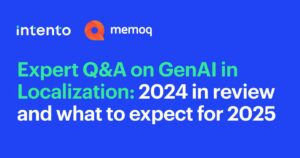AI agents are solving one of the most challenging problems in global communications: how to handle gender across language barriers without compromising on either grammatical correctness or inclusivity.
This blogpost explores the significant challenge of gender inclusivity in German translations. Imagine navigating a language where everything—every noun, article, and adjective—is gendered, while keeping your communications both grammatically correct AND inclusive. It’s a linguistic challenge that traditional machine translation has consistently struggled with for years.
Breaking down the gender problem
Let’s be clear from the start: English speakers have it relatively simple. Need to be gender-neutral? Just say “they” and the job is done. German offers no such simplicity.
In German, you can’t just use “der Student” (male student) for everything and expect people to overlook the inherent masculine bias. But you also can’t automatically insert gender stars or colons into every word (Student*innen, Student) without potentially creating grammatical problems.
Moreover, there’s a crucial distinction most translation systems completely miss:
Gender-neutral language removes gender entirely, using words like “Lehrkraft” (teaching professional) instead of “Lehrer/Lehrerin” (male/female teacher).
Gender-inclusive language explicitly acknowledges all genders, often using symbols like “Student*innen” to visibly represent everyone, including non-binary people.
Traditional systems struggle significantly with this distinction.
Why traditional methods fall short
The translation industry’s standard approaches to this problem have clear limitations:
Glossaries: Simply replacing “Kollege” with “Teammitglied” everywhere seems straightforward, but sometimes the gendered term needs to be preserved, and this method doesn’t consider context.
Pattern Matching: Finding and replacing all masculine forms with inclusive ones sounds effective, but German’s compound words and complex grammar make this approach unreliable.
Human Post-Editing: Having humans correct everything works but is impractical at scale due to time constraints, costs, and potential inconsistencies.
The results are clear: technical complications, inefficiency, frustrated linguists, and translations that still miss the mark.
AI Agents for gender inclusivity in German
This is where AI agents provide substantial translation improvements. Unlike their rules-based predecessors, they:
- Understand context: They can recognize when “players of the women’s soccer team” should remain gendered (because it’s explicitly about women) while “the mayor and his deputies” needs gender-inclusive treatment.
- Maintain grammatical coherence: When implementing the Genderstern in “Wir suchen einen talentierten Professor” → “Wir suchen einen talentiert*en Professor*en,” they adjust all the grammatical elements, not just the noun.
- Avoid problematic false positives: They won’t transform “Chamber of Deputies” into “Stellvertreter*innenkammer” because they recognize it as an institutional name.
In our testing across 357 real-world segments, these advantages translate to a 60% improvement in gender inclusivity compared to traditional machine translation. We reduced errors from 115 to just 3—representing a substantial improvement.
The data speaks clearly
Our tests compared AI agents against both standard MT systems and glossary-enhanced MT using source material from Wikipedia and Europarl:
The results are definitive. AI agents outperformed traditional MT by 60% and exceeded glossary-based methods by 20%.

But accuracy is only part of the story. The grammar quality reveals another significant advantage.
Traditional approaches often create grammatical issues when attempting inclusivity—AI agents largely avoid these problems.

What this means for other languages
While we’ve focused on German (a particularly challenging case for gender inclusivity), the implications extend much further.
This approach works for many languages with complex gender systems, including French, Spanish, Italian, and numerous others. More importantly, it represents a shift in how we approach culturally sensitive translation at scale.
For localization teams, it means focusing on strategy rather than constantly addressing gender-grammar issues.
For content creators, it means writing without worrying about international gender complexities.
For enterprises, it means consistently inclusive communications across all markets while maintaining efficiency.
What’s coming next
This is just the beginning. As AI continues to develop, we’ll see:
- Even more sophisticated context handling that can address nuanced cultural and linguistic challenges
- Customizable inclusivity systems that align with specific organizational values and guidelines
- Applications beyond gender to other aspects of inclusive language
The bottom line
The rapid growth of content continues unabated, as do expectations for inclusive communication. Traditional methods of handling gender in translation—glossaries, pattern matching, and human post-editing—simply don’t scale effectively.
AI agents offer something fundamentally different: context-aware, grammatically sound inclusivity that works across languages without requiring extensive human intervention.
The result isn’t just improved translation—it’s communication that genuinely connects with diverse audiences in their own languages, respecting both their linguistic norms and their identities.
And that is what effective translation should accomplish.



